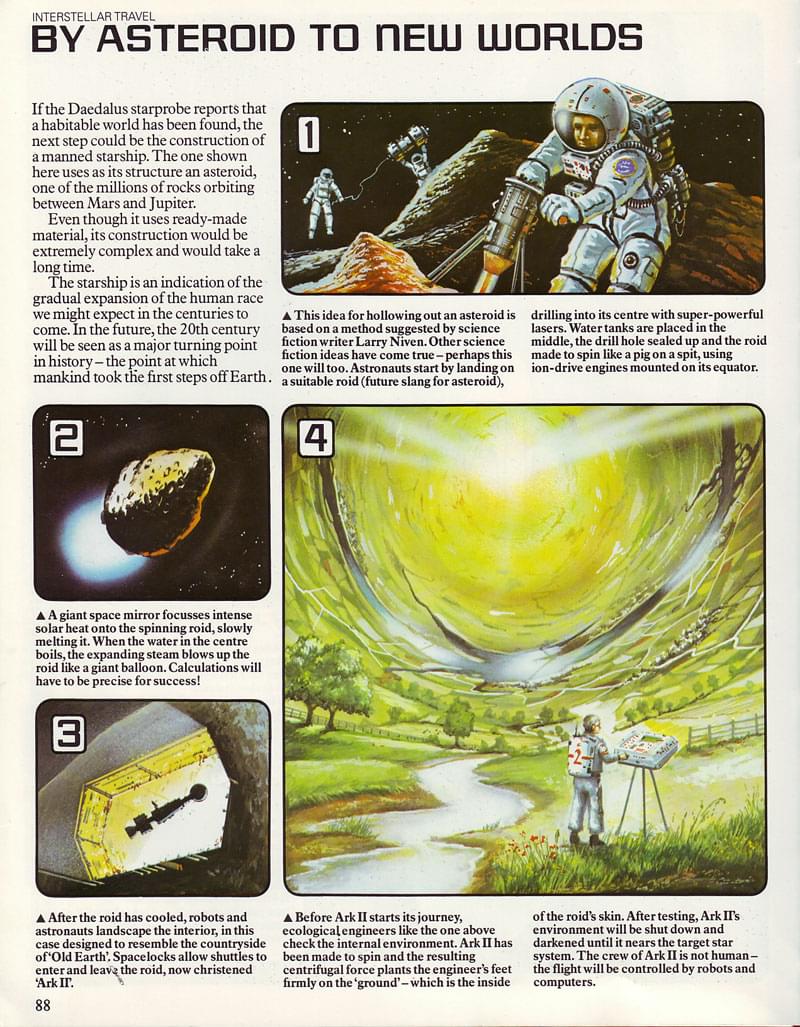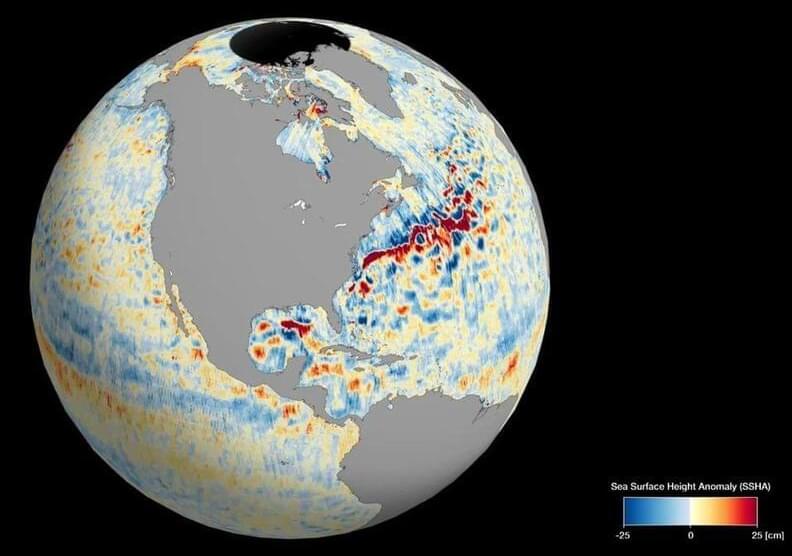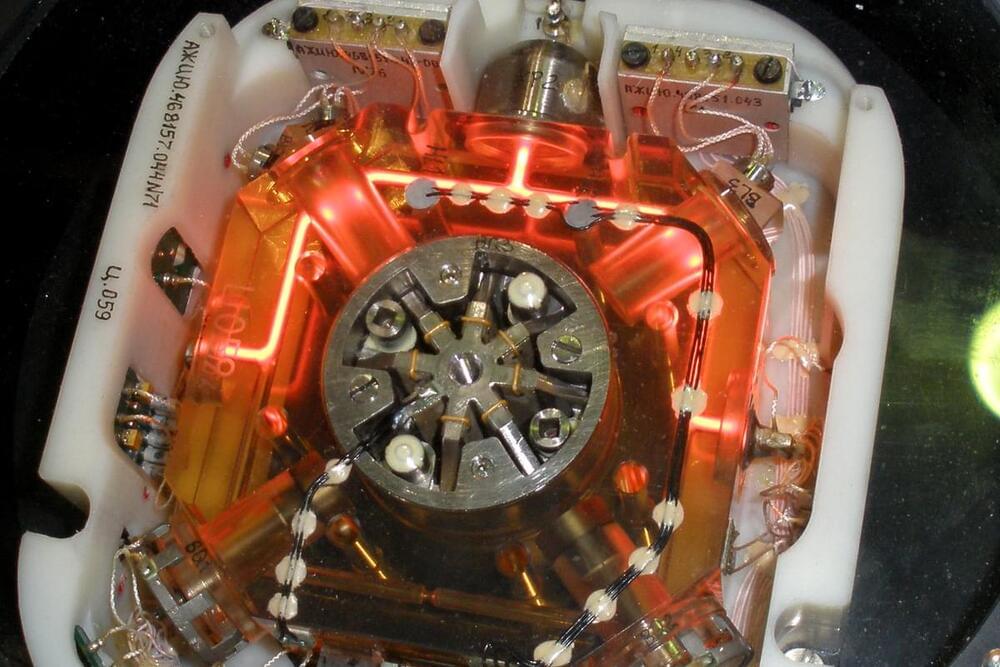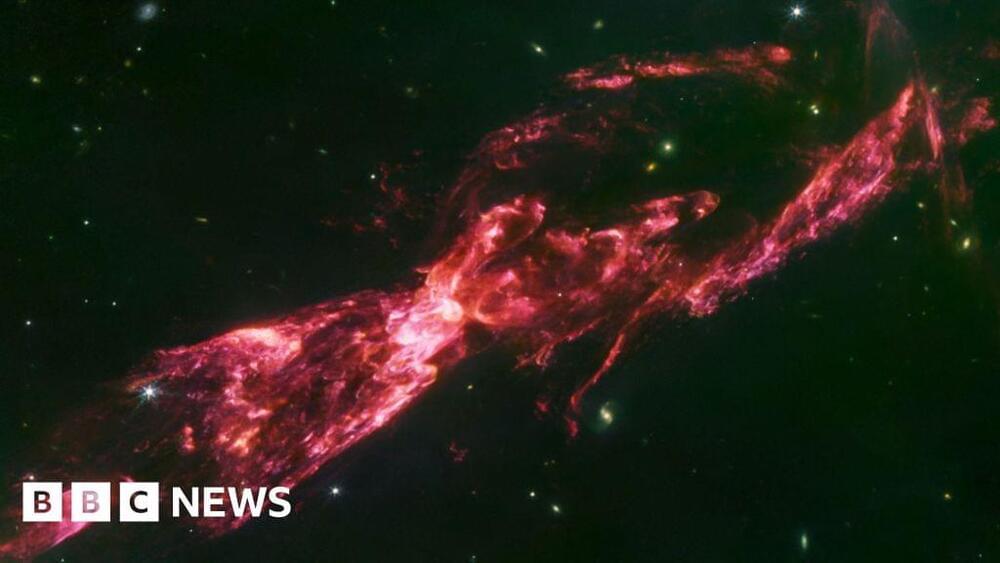Nov 6, 2023
PROJECT HYPERION: THE HOLLOW ASTEROID STARSHIP — DISSEMINATION OF AN IDEA
Posted by Andreas M. Hein in categories: materials, space
A large space mirror heats up an asteroid, slowly melting it. Water, which was injected into the center of the body expands, blows up the melted material, creating the shape of a balloon. After cooling down, rotation is induced into the hollow body creating artificial gravity. An artificial fusion Sun brings daylight to the dark interior. A team of bio-life-support system experts, urban planners, and ecologists starts to create an artificial world inside the balloon, preparing it for the first settlers. The small world is then provided with a propulsion system and launched to one of the next stars or used as a space colony.

















